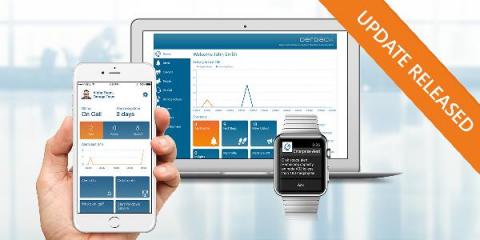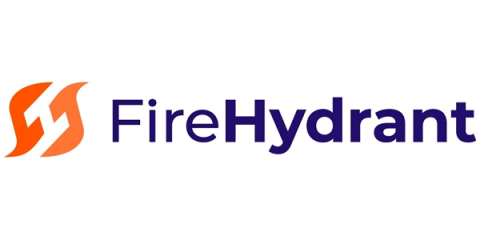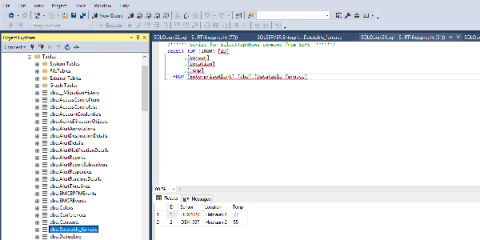Operations | Monitoring | ITSM | DevOps | Cloud
Alerting
How SIGNL4 provides for a digital handover procedure
Handover procedures in operations and maintenance are a key element of business continuity. As work in this field is usually organized in shifts, it is essential to keep track of any critical incidents, machine breakdowns, job ownership, completion, issues that are still open or unresolved and other related items. Such knowledge has a significant impact on a timely or even proactive response, for instance if issues re-surface.
Enterprise Alert 2019 Update 8.5.1 released
On October 7th we released a new Enterprise Alert version, version 8.5.1. Included in this release are the following enhancements.
Streamline communication workflows with the Datadog Slack App
Sharing information about the health and performance of an application is a critical part of any team’s daily workflow. That’s why we’re excited to announce the Datadog Slack App, which simplifies crucial communication tasks by deepening the integration between Datadog and Slack.
How to: Automatically Archive Incident Slack Channels using conditions in FireHydrant Runbooks
FireHydrant’s Slack integration is a great way to speed up your incident response, especially if FireHydrant Runbooks is automatically creating channels in your Slack workspace for each incident. “But what happens after the incident?” First of all, you shouldn’t have to manually archive those Slack channels; especially when you don’t want them clogging up the Slack navigation bar.
Detecting Security Vulnerabilities with Alerts
Every day we discover new vulnerabilities in our systems, cracks in the fence the adversaries take advantage of to get into your organization and wreak havoc. Understanding what you have in your environment (e.g., types of devices, systems equipment, etc.) is very important in order to make sure the controls in place are working and more importantly, keeping up with the threat landscape.
Top 6 Functional AIOps Requirements to Evaluate in Your RFP
AIOps adoption is on the rise. According to Gartner, by 2023 40 percent of DevOps teams will augment application and infrastructure monitoring tools with AIOps platform capabilities. Use cases are also expanding beyond IT to include IT Service Management (ITSM), digital experience monitoring (DEM), DevOps, Application Performance Monitoring (APM) and third party services.
DevOps/SRE Model: Bursting the Developer's Bubble
How Our Latest Release Makes Your PagerDuty Experience Frictionless
In a world that’s always on, keeping services up and running isn’t just ideal—it’s mission-critical for all of PagerDuty’s customers. It’s not lost on us that serving as the central nervous system for digital operations at some of the world’s largest companies is no small job.
Alerts out of your database (SQL, Powershell, REST API)
Whether it be on the administrative side of the house or in a production environment, the digital world is not slowing down. In fact, it is increasing by the second. Data is collected from a thousand different sources and often stored in the same number of places. Automating the collection, analyzing and augmentation of this data can be quite a cumbersome task and very time-consuming. Not to mention the loss in revenue when this is not done.











